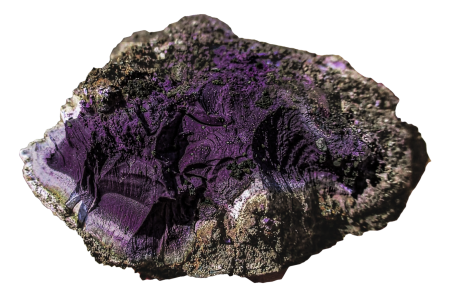NASA’s Voyager 1 spacecraft, the most distant spacecraft from Earth, has resumed sending data after a five-month gap. Launched in 1977, Voyager 1 has spent over 45 years studying the outer solar system, making flybys of Jupiter and Saturn, and traveling more than 46 billion miles. In November 2023, the spacecraft stopped sending readable science and engineering data, raising concerns about the status of its onboard systems. Mission controllers discovered that the issue was related to one of the spacecraft’s onboard computers, which was unable to package science and engineering data into a readable format.
The engineering team determined that a specific chip responsible for storing a portion of the system’s memory, including computer software code, was not functioning. Unable to repair the chip or relocate the code to a new location, the team had to repackaged the code into multiple sections of the flight data subsystem. This process took weeks to complete, but eventually, the new location was successfully communicated to Voyager 1. It takes about 22 and a half hours for a radio signal to reach Voyager 1 in interstellar space, where the craft currently resides, and on Saturday, the spacecraft’s mission team received a response confirming that the code modification had worked.
The successful relocation of the affected code has allowed Voyager 1 to resume sending data after nearly six months of silence. While the team celebrated this milestone, there is still work to be done. In the coming weeks, the mission team will continue to relocate and adjust the other affected portions of the software, including those that will enable the spacecraft to start returning science data. Meanwhile, Voyager 2, the twin spacecraft that was also launched in 1977, continues to operate without any issues, providing valuable information about the distant reaches of the solar system.
The Voyager missions have been hailed as some of NASA’s greatest achievements, providing unprecedented insights into our solar system and beyond. Both Voyager 1 and Voyager 2 have far exceeded their original mission lifespans and continue to make important discoveries, even as they venture further into interstellar space. The resilience and ingenuity of the engineers and scientists working on these missions are evident in their ability to overcome challenges and restore communication with Voyager 1 after a prolonged hiatus.
The Voyager spacecraft serve as a testament to human curiosity and exploration, pushing the boundaries of what is possible in space exploration. As Voyager 1 resumes sending data, researchers and space enthusiasts eagerly await the new discoveries and insights that will come from the spacecraft’s continued journey through the cosmos. The success of the recent efforts to restore communication with Voyager 1 is a testament to NASA’s dedication to pushing the limits of space exploration and uncovering the mysteries of the universe.















